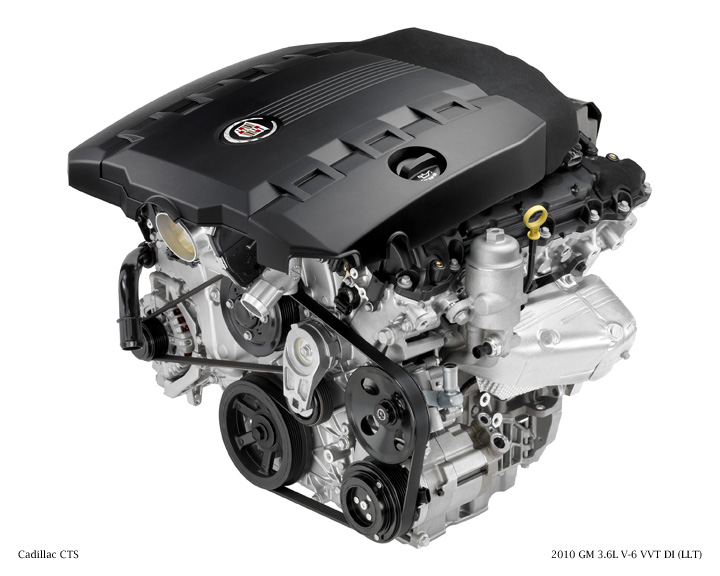With the GM’s investment in the Tonawanda Engine facility, there is some excitement among enthusiasts about just what product(s) we might expect.
The most likely product is the direct injected 5th Generation 6.2L V8. The 6.2L L94 engine in the Escalade is a Gen IV engine, and makes 403 hp. Earlier tests by GM showed that a direct injected variant of the earlier L92 (like the L94 but without Active Fuel Management AFM) made another 50 hp, got 3-6% better fuel economy, and ran cleaner, with no other changes. So hopefully one output of the new investment at Tonawanda will be a new 6.2L V8 that makes 450+ hp in the Escalade, and 475+ hp in the Camaro or base Corvette.
The ability to make more power gives other nice options — moving to a smaller displacement and keeping the same power. By increasing power capacity by 10% one can decrease displacement by 10% and maintain the same power output. So if a 6.2L engine makes 450 hp one could change to a 5.5L engine and still make 400 hp like the current L94. The smaller displacement engine should gain in fuel economy and emissions from the smaller displacement. I am always in favor of MORE horsepower, but to meet the new fuel economy and emissions regulations some changes will be required. Changes that maintain excellent power output while becoming more environmentally friendly are the best changes.
Of course the real gain would be a Gen V version of the LSA Supercharged Direct Injection 6.2L V8 for the CTS-V that made 600+ hp. One can dream…
Press Release:
-
- Five plants receive work: Tonawanda, N.Y.; Defiance, Ohio; Bedford, Ind.; Bay City, Mich. and St. Catharines, Ontario, Canada
- Investment creates or retains about 1,600 jobs
- New engines to save more fuel through direct injection technology and advanced combustion system design
DETROIT – General Motors will invest more than $890 million which will create or retain more than 1,600 jobs in five North American plants to produce a new generation of fuel efficient small block truck and car engines. The investment consists of the following:
- Two plants will support the engine production:
- Tonawanda, N.Y. – an investment of $400 million resulting in more than 710 jobs
- St. Catharines, Ontario – an investment of $235 million resulting in approximately 400 jobs
- Three plants will support engine casting and component production:
- Defiance, Ohio – an investment of $115 million resulting in up to 189 jobs
- Bedford, Ind. – an investment of $111 million resulting in about 245 jobs
- Bay City, Mich. – an investment of $32 million resulting in over 80 jobs
The investments include facility renovation and installation of new, highly flexible engine machining and assembly equipment and special tooling designed for manufacturing efficiency and engine quality. At the casting facilities, investments include expansion of semi-permanent mold and precision sand casting technologies that result in a high degree of dimensional accuracy and material strength properties needed to support the newer, more efficient engines in GM’s product portfolio.
“GM is investing in our plants, restoring and creating jobs and making progress toward our vision of designing, building and selling the world’s best vehicles,” said Mark Reuss, president of GM North America. “These latest investments show our commitment to improving fuel economy for buyers of every GM car, truck and crossover and giving them the best possible driving and ownership experience.”
The next generation small block engine family will have unprecedented fuel efficiency through direct injection and an all-new advanced combustion system design. The new engine family will rely exclusively on aluminum engine blocks, which are lighter and contribute to the improved fuel efficiency. In addition to being E85 ethanol capable, these engines are being designed with the capability to meet increasingly stringent criteria emissions standards expected throughout this decade.
Specifics about the engine capabilities as well as product applications will be shared at a later date.
Since the launch of the new GM last July, the company has announced investments of more than $2.3 billion at 22 facilities in the U.S. and Canada. These investments restored or created more than 9,100 jobs, and they demonstrate a strong commitment to GM’s future and to the United States and Canada.

